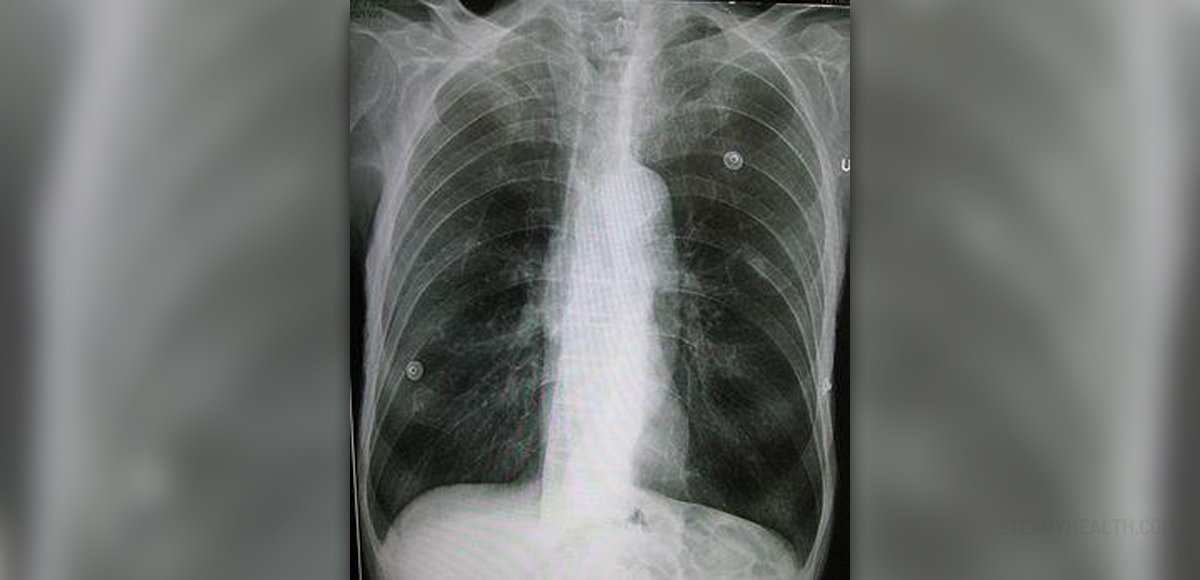
What is COPD?
COPD stands for chronic obstructive pulmonary disease, a group of respiratory conditions with two representatives, emphysema and chronic bronchitis. Both of these conditions can occur alone or accompany each other during the course of the primary disease. Chronic obstructive pulmonary disease, as the very name suggests is a chronic disease, practically incurable and the one that eventually leads to lethal outcome.
According to estimates each year 32 million people living in the Unites States develop the condition. That being so, COPD is considered the 4th leading cause of death in the US. In the majority of cases people who end with COPD are heavy smokers. The condition may also be closely connected with cystic fibrosis. Alpha-1 antitrypsin deficiency, bronchiectasis and certain relatively rare bullous lungs diseases are also potential contributors to the disease.
As it has already been mentioned COPD practically refers to chronic bronchitis and emphysema. However, many patients may additionally develop asthma which makes the entire situation only worse. The progression of COPD is always associated with the accumulation of inflammatory mucous exudates in the alveoli (the smallest structures of the lungs in charge of gas exchange), thickening of the alveoli and their lost. Namely, when many alveoli get damaged the overall surface of the lungs used for exchange of oxygen and carbon dioxide significantly decreases. As a result patients do not receive sufficient amounts of oxygen and start experiencing symptoms and signs of oxygen deprivation.
The major characteristic of chronic obstructive pulmonary fibrosis is irreversible airflow limitation during forced expiration. It develops as a consequence of lung destruction and subsequent loss of elastic recoil. An increase in the resistance of the conducting airways is another reason why certain symptoms occur. The best way to estimate progression of the disease is achieved by measuring lung parameters forced expiratory volume in 1 second (FEV1) and forced vital capacity (FVC) and estimating their ratio.
Emphysema Problem of the Lungs
As a type of COPD emphysema is a chronic condition characterized by shortness of breath which is initially well tolerated while later it leads to severe health complications and lethal outcome. In people suffering from emphysema the air sacs are gradually destroyed which affects the overall surface area of the lungs and does not allow proper amount of oxygen to reach the bloodstream. What is more, the elastic fiber that holds open small airways also gets damaged. Because of that the airways practically collapse when an individual breathes out. This always leaves some amount of air trapped.
In the United States two-thirds of males and one-fourth of females are confirmed to have emphysema once the autopsy is performed. Medical experts roughly estimate that there are 8 million patients with chronic bronchitis while 2 million people have emphysema. Men seem to be affected more as well as individuals older than 40 years of age. Even though the majority of patients have a history of cigarette smoking and prolonged exposure to certain industrial pollutants and dust, there are also people who develop COPD, emphysema in particular, but have not been exposed to any detrimental substances that might have triggered the disease.
Patients suffering from emphysema initially experience no symptoms at all. Once the damage to the lungs becomes sufficient enough and starts interfering more in gas exchange, symptoms occur. The first complaint is breathlessness upon exertion. This issue improves with rest but tends to be more severe over time. Repeated chest infections are also characteristic fom emphysema and may help diagnosing the condition. Coughing develops due to infection or in case the person also develops chronic bronchitis. Since some of the inhaled air remains in the lungs and the alveoli get damaged the lungs gradually expand. As a result even the ribcage expands and takes shape of a barrel. Finally, such patients feel fatigue practically all the time and once the body gets deprived of oxygen cyanosis occurs. The condition is a reason behind many complications. Pneumonia, collapsed lungs and heart problems are only some of them.
Even though there are various treatments available not all of them can cure the illness. They may only decelerate the progression of the disease and bring the current symptoms under control. When it comes to medications these patients are commonly prescribed bronchodilators, inhaled steroids and antibiotics. While bronchodilators and steroids relieve cough, shortness of breath antibiotics eradicate bacteria blamed for acute bronchitis and pneumonia. Furthermore, people with emphysema are due to engage in pulmonary rehabilitation and eventually require supplemental oxygen. Pulmonary rehabilitation practically teaches an individual how to perform specific breathing exercises that efficiently deal with shortness of breath and improve the overall well-being. Supplemental oxygen is used when the level of oxygen in the blood is low. In terminal stage of the disease supplemental oxygen is administered 24 hours per day.
Finally, even surgery is an option. The procedure known as lung volume reduction is performed in patients in whom removal of the diseased tissue may help the remaining lung tissue to function adequately which in return improves breathing. If practically all the mentioned treatments fail to provide with desirable results, there is only one more option left - lung transplant.






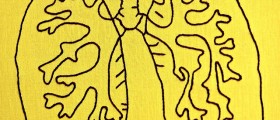

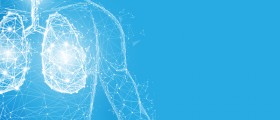




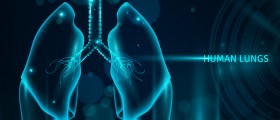
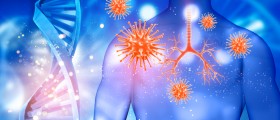


Your thoughts on this
Loading...